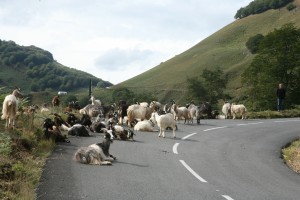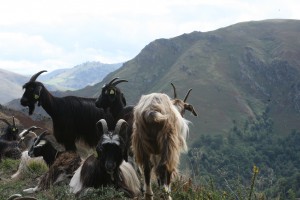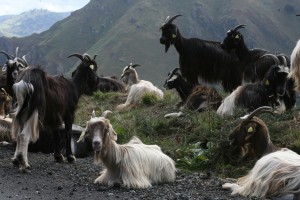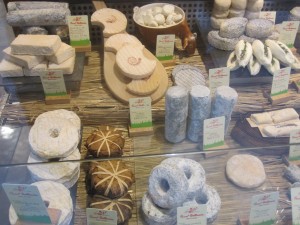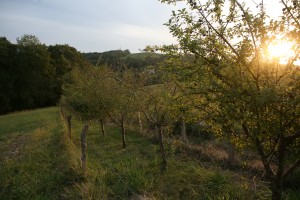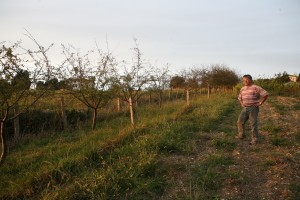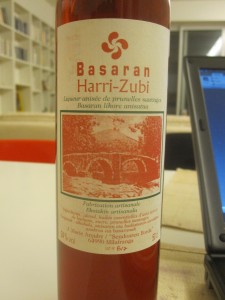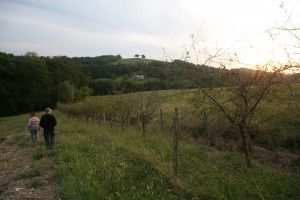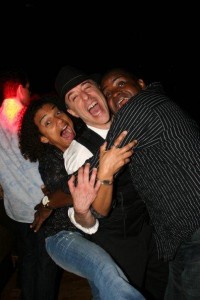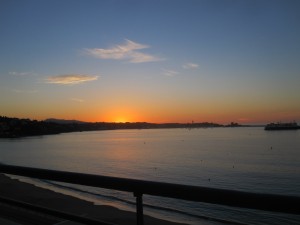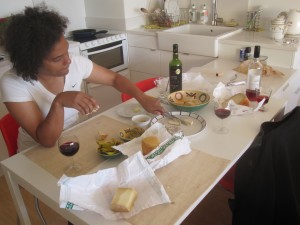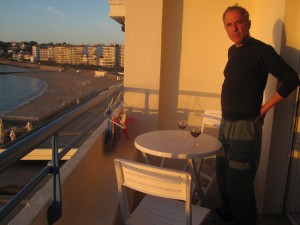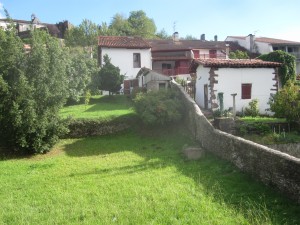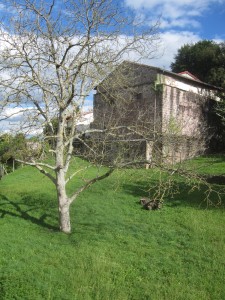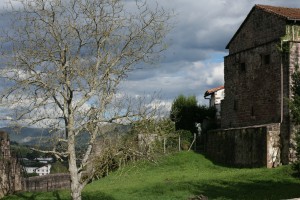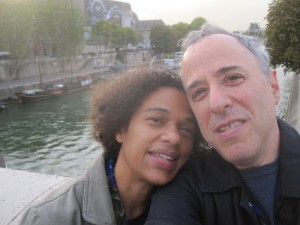Seems early, but it’s 5:20 a.m. here in Paris and CNN has just called the election. A special shout out to Al-Jazeera for infinitely more interesting and substantive coverage than CNN’s.
Author Archives: Jennifer
La Pachanga and Alex Salserito
Thanks to Ofer’s diligent scouring of all-things-Cuban-in-Paris, we discovered another fantastic spot for lessons with the added benefit of a roaring good party afterward. And on a Monday night at that. La Pachanga is located in the 14th and features Alex Salserito. Alex presides over two hours of casino and suelta lessons (which start somewhere between 7 and 8) before he moves into the DJ box around 10 pm. If you like the spaghetti arm moves, Alex is your man. Great group of dancers here, very friendly and welcoming. Women will especially enjoy the ratio of men to women (about 3:2), or lead to follow, as the case may be. (I should say that the men here are also quite good follows.) 8 euros gets you entry to the club, dance lessons and a cocktail. Coat check is another 2 euros. Not too shabby! http://www.lapachanga.fr/
Suelta with Harold el Bantu
Wednesday nights are now dedicated to suelta classes with Harold el Bantu. (His last name is Kinanga, but el Bantu makes it fun, non?) Each class is thoughtfully organized and well-paced with each move building in complexity. Ofer learns more quickly, but I begin every new addition agonizing, Ohh, I’ll never get this tonight. And 5 or 6 reviews later, we’re all stepping to music with surprising ease. Harold’s instruction is top-shelf.
When in Paris, don’t miss Harold el Bantu. Find him here:
Studio Le Legato
145 rue de Belleville Paris 19
Metro 11 – Station JOURDAIN
Mardi 21h15 : Cours Niveau 1
Mercredi 20h45 : Cours Niveau 2
Pays Basque – Goats on the Road to Spain
In the spirit of killing time and getting lost, we decided to take the scenic route from St. Jean Pied de Port to St. Jean de Luz (both in France) via Spain. We’d been sampling a lot of goat cheese along the way, trying to figure out why it’s so tasty. We’re guessing it’s the daily workout high in the Pyrenees.
More Pays Basque – A Traditional Liqueur
What trip would be complete without tasting the local brews? We met Jean-Marie at the daily market, a vendor who introduced us to Patxaran (also spelled Basaran). As Jean-Marie tells it, Patxaran is an “ancient traditional” Basque liqueur of prunelle and anise. Prunelle is a native species of “wild” plum. (I say “wild” because he actually cultivates the trees on his farm in order to produce the liqueur.) We dropped by his farm one evening for aperatif and a tour of the prunelle orchard. Over glasses of his home concoctions, he regaled us with tales of his three months travelling Israel and some key points about Basque political history. The night ended with a plea for the upcoming U.S. presidential race. Jean-Marie says, “Please. Please give Obama more time. We finally feel like we have a real partner.” He didn’t quite understand the expression “preaching to the choir” but we promised to do our part.
Pays Basque – St. Jean de Luz
Pays Basque – France
It takes a day or two, but the first thing one notices about the scenery all around Pays Basque is the absence of visual clutter – no neon, no billboards, no heaps of clunker cars or abandoned machinery. It’s just not there. Every blink is a postcard.
We loved the distinctive flavor of Basque country. The architecture, the cheese, the wine and the people all take a hard turn from typical French culture. Even with all of France’s distinctive regions, Pays Basque feels like a world of its own.

